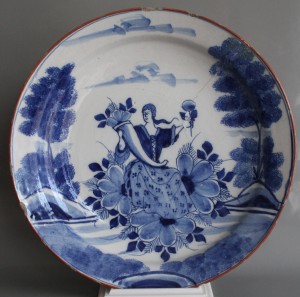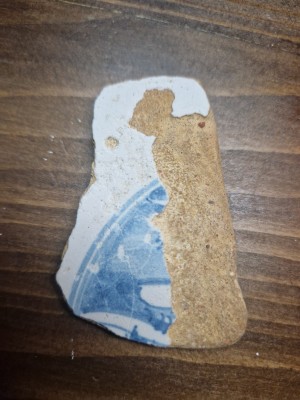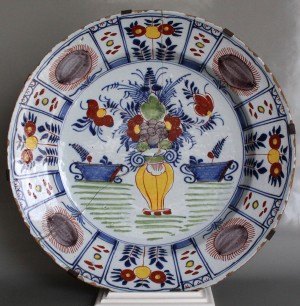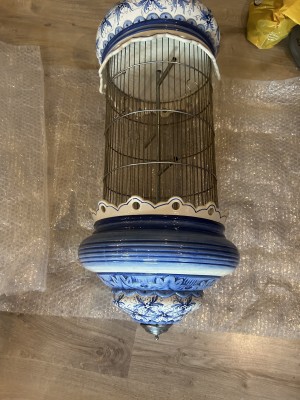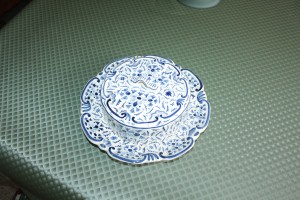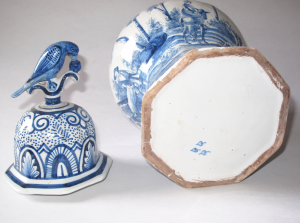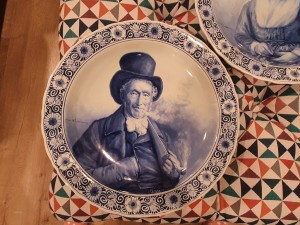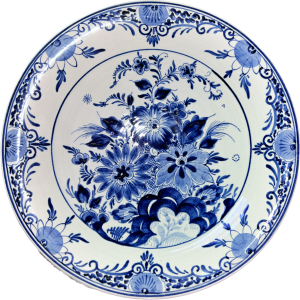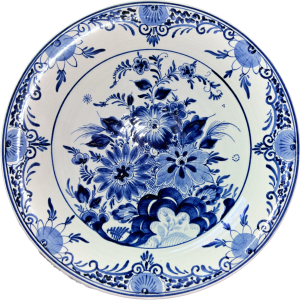Kristin Duysters
Editor
Kristin Duysters is sinds september 2016 conservator keramiek en glas van Paleis Het Loo in Apeldoorn. Voorheen was Kristin conservator oude kunstnijverheid bij Museum Arnhem, waar zij naast boeken over zilver en glas ook publicaties samen stelde over keramiek: Theepotten, Steengoed! Roodstenen theepotten uit Europa en China (1998), Arnhemse faience (1759ca. 1770), Een Europees avontuur (2008) en ‘Delfts aardewerk uit de collectie van Museum Arnhem, De verzameling van W.F.K. baron van Verschuer’, in: Vormen uit Vuur (2015). Daarnaast is ze verbonden geweest aan het Amsterdam Museum, het Zeeuws Museum te Middelburg en Erfgoed Gelderland.

